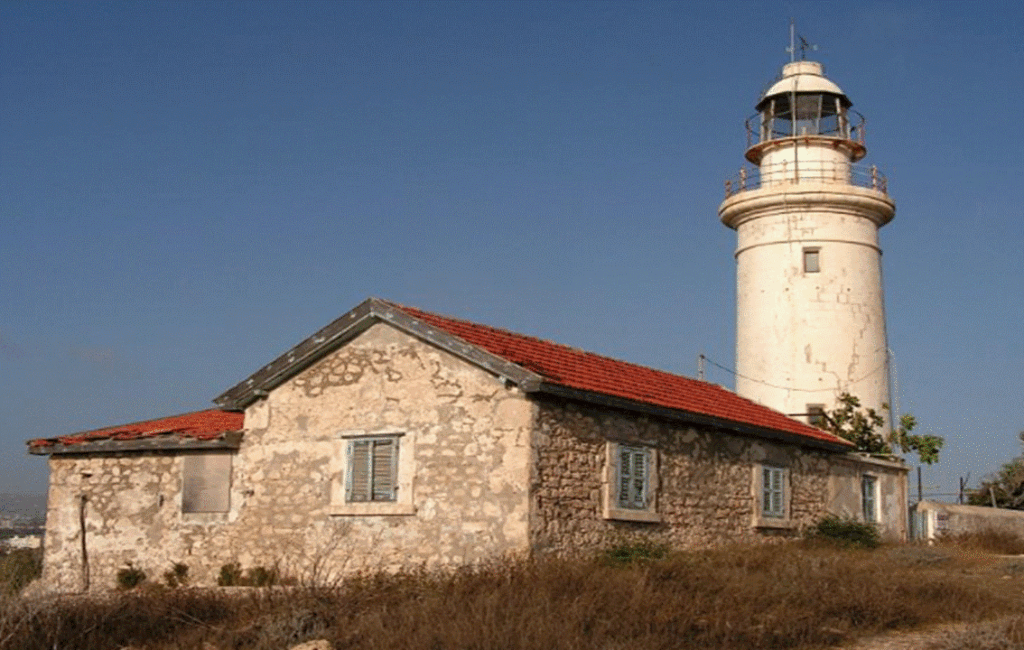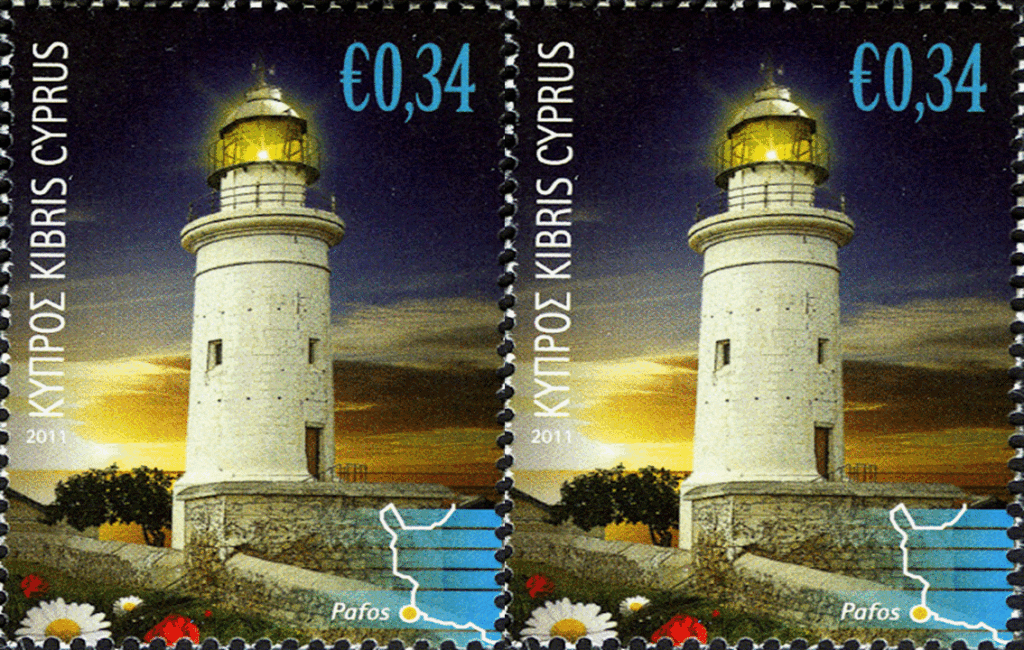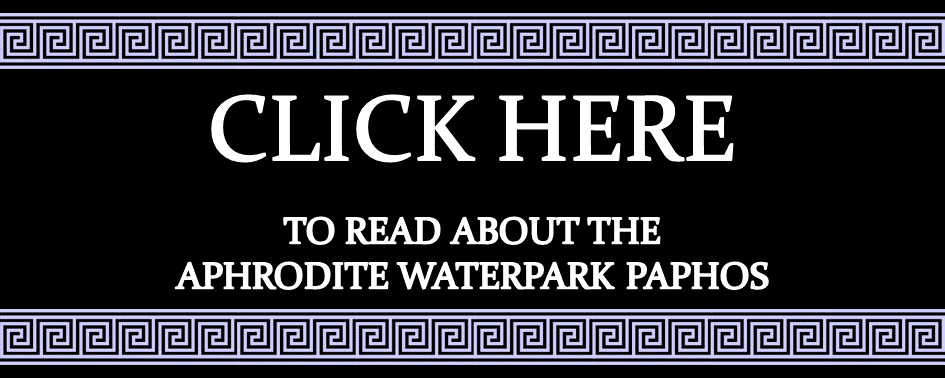A PAPHOS LANDMARK



BRITISH INTERESTS
In the late 19th century, the Suez Canal became essential to the British Empire. Ships travelling to and from the colonies in the east relied on this waterway to ship various goods throughout the empire. Proving crucial, Britain needed to add security to the route, and Britain’s presence in Cyprus helped to ensure this security. The island acted as a handy stop-off point en route for many of these ships.
COASTAL PAPHOS
Ships at this time often struggled to negotiate the waters off the coast of Paphos. British administrators, after much deliberation, decided that the construction of a new lighthouse would help the ships into the Paphos harbour. Work on the new lighthouse began in 1887 after a site was chosen near the Paphos harbour.
COASTAL PAPHOS
The construction project took a year to complete, and in 1888, the lighthouse became fully operational. Although the lighthouse’s whitewashed walls stand at an impressive 38 metres above sea level, the actual height of the structure is 20 metres. The lighthouse compound also consists of a cottage for the lighthouse keeper and some small buildings for accessories.
THE LIGHTHOUSE TODAY
Today, the Paphos lighthouse still serves as a reference point for boats and ships negotiating the Paphos harbour. The Cyprus Port Authority is responsible for its operation and uses an automated system to perform its function. This automated system signals a white warning light, which rotates every 15 seconds. Modern lighting systems have increased the luminous intensity of their rays, and visibility of the lighthouse is now possible for up to 17 nautical miles.
THE MUSEUM
Since its construction, several restorations of the lighthouse have occurred. Careful credence has gone into maintaining its original appearance. The last restoration of the tower saw the installation of an on-site gallery and museum. The area surrounding the lighthouse has also become the Archaeological Park of Kato Paphos. This, along with the museum and gallery, attracts large numbers of visitors every year. In 2011, the Cyprus postal service featured the Paphos lighthouse in a collection of commemorative stamps that depicted Cyprus lighthouses. This helped to confirm this landmark as a symbol of the region’s proud maritime history.



